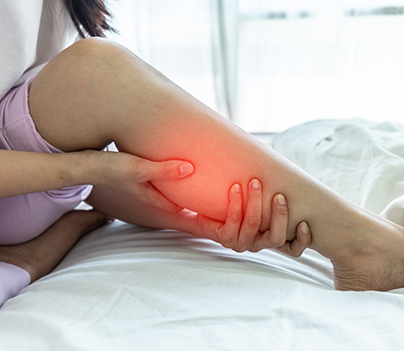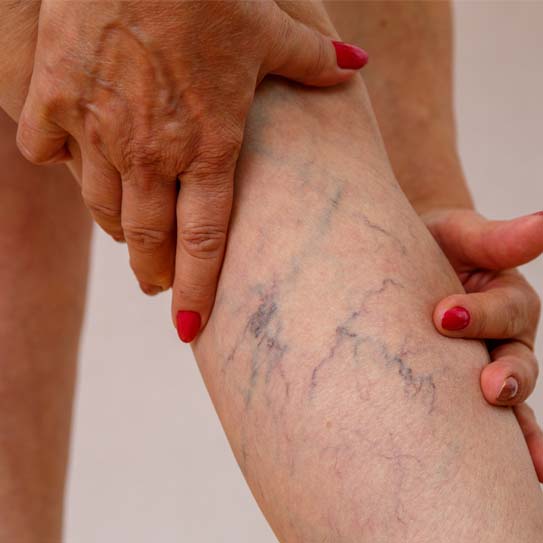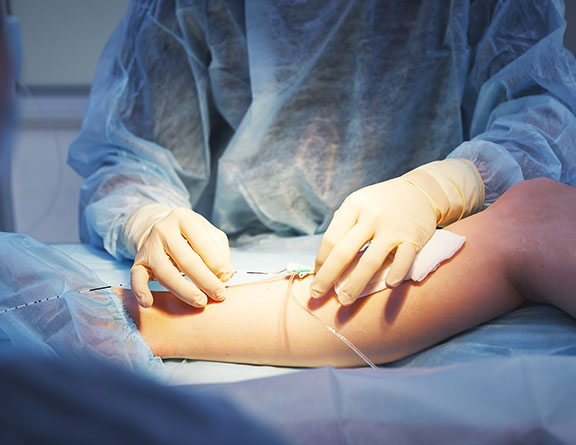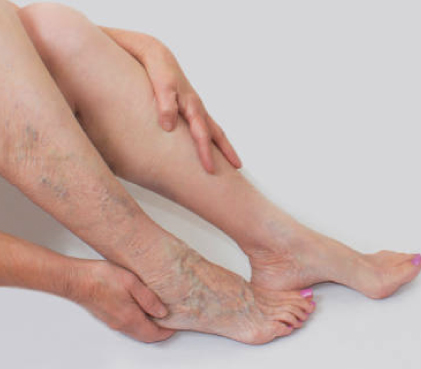
Underarm soreness and engorged tissues are two signs of axillary breast tissue, which is more common during pregnancy and nursing. The tissues may continue to expand and become more troublesome if they are left in their current state. Not to mention that it restricts one's options for clothing, encourages hunched-over arm position, and results in excessive perspiration and stickiness in the area.
If the underarm lump is not addressed promptly, it is possible that secondary disorders including lipomas, liposarcoma, cysts, or other skin problems will go unnoticed. It's crucial to see a doctor and get diagnosed in order to stop this from happening.
The surgeon will provide you with all the information you need to get ready for the procedure. The patient's medical history will be gathered as the first step in the preparation. A complete list of all your drugs, both prescription and over-the-counter, should be provided.
The doctor and his team will provide further instructions before the surgery-

After axillary breast ectomy, when should I have follow-up appointments?
Your follow-up visit will typically be scheduled one to two weeks following surgery. The recuperation will be observed by the doctor, who will check for any issues. You might not need a second follow-up if everything is great.
Is the removal of axillary breast tissue reimbursed by insurance?
The cost of axillary breast tissue excision is likely to be covered by insurance providers as the problem raises both health and aesthetic issues. The policy will determine the scope of coverage. It will thus be wise to speak with your insurance company.
When will the underarm swelling go down?
After surgery, the edoema will start to go down in around two weeks. To recover as quickly as possible throughout the healing process, it's crucial that you closely adhere to the doctor's directions.
After having an axillaplasty, do I have to wear a compression bra?
After removing the axillary breast tissue, the doctor may advise using a compression bra for a few weeks. It will improve the outcomes and make the skin retract more easily.

Also known as endovenous laser treatment or EVLA, this is a minimally invasive ultrasound-guided procedure that involves the use of ultrasound images and laser fiber in order to kill the delicate lining of the veins. After a few days following the procedure, the body absorbs the dead tissues, closing off the abnormal veins with minimal or no discomfort. This is one of the most commonly preferred methods as it involves far fewer complications, and the recovery time, as well as the success rate of this method, is much faster and higher than that of any surgical process.

Also known as endovenous laser treatment or EVLA, this is a minimally invasive ultrasound-guided procedure that involves the use of ultrasound images and laser fiber in order to kill the delicate lining of the veins. After a few days following the procedure, the body absorbs the dead tissues, closing off the abnormal veins with minimal or no discomfort. This is one of the most commonly preferred methods as it involves far fewer complications, and the recovery time, as well as the success rate of this method, is much faster and higher than that of any surgical process.

Also known as endovenous laser treatment or EVLA, this is a minimally invasive ultrasound-guided procedure that involves the use of ultrasound images and laser fiber in order to kill the delicate lining of the veins. After a few days following the procedure, the body absorbs the dead tissues, closing off the abnormal veins with minimal or no discomfort. This is one of the most commonly preferred methods as it involves far fewer complications, and the recovery time, as well as the success rate of this method, is much faster and higher than that of any surgical process.